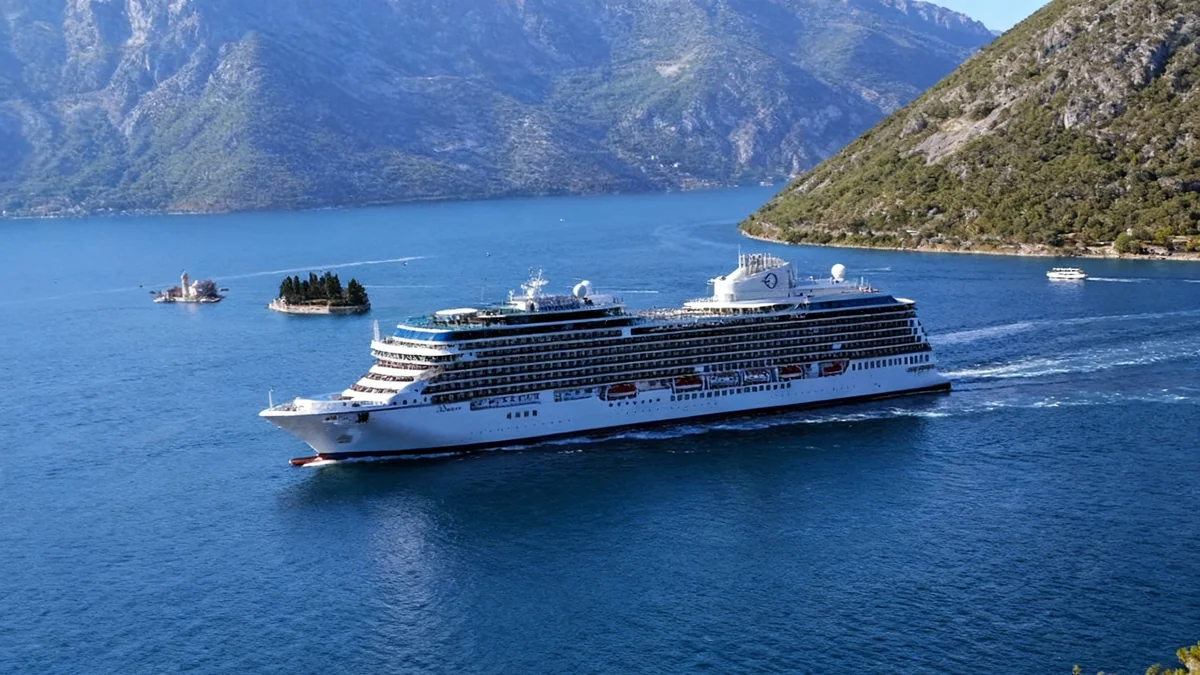The Castillo de San Marcos National Monument in St. Augustine, Florida, has closed its doors to visitors. This closure is a direct result of the ongoing government shutdown, now in its 17th day. The historic fort, a significant tourist destination, will remain inaccessible until Congress resolves the current budget dispute.
Many visitors, some traveling from international locations, have expressed disappointment upon finding the fort's gates locked. This situation highlights the broader impact of federal government closures on both tourism and local economies.
Key Takeaways
- Castillo de San Marcos is closed due to the government shutdown.
- The closure has impacted both tourists and park employees.
- Local businesses, like tour operators, are adapting to the situation.
- The fort is one of many federal facilities affected nationwide.
Impact on Tourism and Local Economy
The Castillo de San Marcos is a major draw for St. Augustine, attracting over 600,000 visitors annually. Each adult visitor typically pays a $15 admission fee. The sudden halt in operations means a loss of revenue for the National Park Service and reduced economic activity for surrounding businesses.
Victor Cabrera, a furloughed maintenance work leader at the National Park Service, shared his perspective. He noted the frustration among international visitors. "A lot of the visitors that come from overseas don't like seeing that," Cabrera stated, referring to the closed gates.
Quick Facts: Castillo de San Marcos
- Age: Built between 1672 and 1695.
- Significance: Oldest masonry fortification in the continental United States.
- Purpose: Constructed by the Spanish to defend Florida and Atlantic trade routes.
- Design: Distinctive star-shaped design and strategic cannon placement.
- Historical Status: Unconquered throughout its history.
- Annual Visitors: Over 600,000.
- Admission Fee: $15 for adults.
Furloughed Employees and Uncertainty
The government shutdown has directly affected federal employees, including those working at the Castillo de San Marcos. Mr. Cabrera is one such employee, having been furloughed since the shutdown began on the first day. This marks his third experience with a government shutdown during his career.
"On the 1st, we came in and that's when we got the notice of being furloughed, and I haven't been back since," Cabrera explained. He also added, "Lessons learned every time. I have to look forward."
The uncertainty surrounding when the fort will reopen creates challenges for these employees and their families. They face a period without regular income, impacting their financial stability.
Adaptation by Local Businesses
Local tour operators have found ways to continue their services despite the closure. They are now conducting tours around the exterior of the fort. This allows visitors to still learn about the historic structure, even if they cannot enter.
An elementary school group, for example, maintained its annual visit. However, they were limited to viewing the fort from the outside. This demonstrates the efforts by local entities to mitigate the effects of the closure.
Government Shutdowns: A Brief Overview
A government shutdown occurs when Congress fails to pass appropriations bills or continuing resolutions that fund federal government operations. When this happens, non-essential government agencies and services cease to operate, and many federal employees are furloughed. Essential services, such as national security and emergency services, typically continue.
Shutdowns can have wide-ranging impacts, affecting federal workers, national parks, scientific research, and various public services. They also carry economic costs, both directly through lost productivity and indirectly through reduced consumer confidence and tourism.
Visitor Disappointment and Unawareness
Many tourists arrived at the Castillo de San Marcos unaware of the shutdown. Visitors from places like Chicago and former students of Flagler College expressed surprise and disappointment. They had planned their trips to include a visit to the historic landmark.
The lack of prior knowledge about the closure led to frustration for those who had traveled specifically to see the fort. This highlights a communication challenge during federal government closures, especially for travelers planning weeks or months in advance.
The Fort's Historical Significance
The Castillo de San Marcos holds a significant place in American history. Constructed between 1672 and 1695, it stands as the oldest masonry fortification in the continental United States. The Spanish built it to protect Florida and the vital Atlantic trade route.
Its unique star-shaped design and strategic placement of cannons made it a formidable defense. The fort has never been conquered in battle, a testament to its engineering and strategic importance. Its historical value makes its closure particularly impactful for those interested in the nation's past.
Path Forward
The Castillo de San Marcos National Monument will remain closed until the United States Congress reaches an agreement on the federal budget. The resolution of the budget impasse is the only way for federal facilities, including national parks and monuments, to reopen and resume normal operations.
Until then, the gates of this historic fort will stay locked, serving as a visible reminder of the ongoing government shutdown and its effects on public services and tourism.





